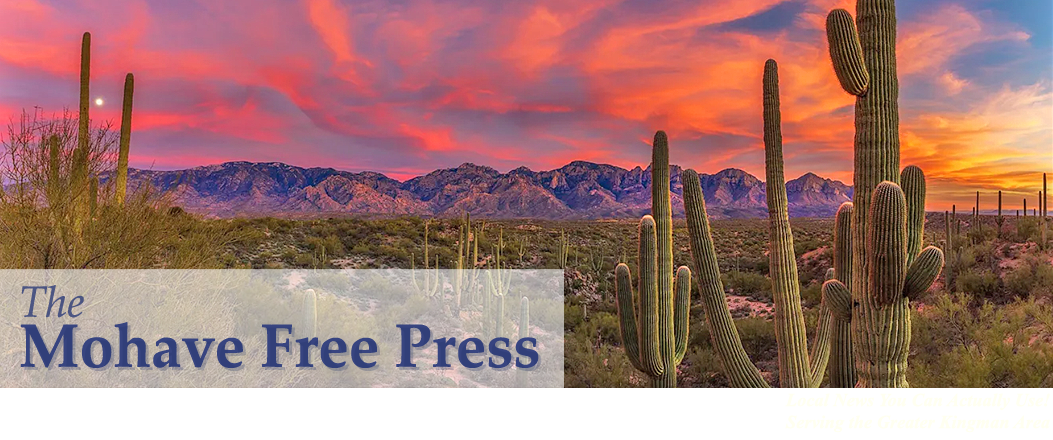Governor Katie Hobbs is asking Washington DC for a $1 billion bailout to shore up rural hospitals across the state, just as President Trump's Medicaid reforms promise to slash the bloat that's been bleeding taxpayers dry. The request, filed November 5th with the Centers for Medicare and Medicaid Services (CMS), comes as Arizona’s 17 critical-access hospitals face mounting financial strain.
Hobbs' "Rural Health Transformation Program" application attempts to paint a dire picture, with five hospitals reportedly on the brink of collapse according to a recent study. Kingman Regional Medical Center and Western Arizona Regional Medical Center have both reported operating losses in recent years. Financial profiles from the American Hospital Directory (AHD) (updated June 5, 2025) show KRMC's cost report for the period ending June 30, 2024, with total expenses exceeding revenues by approximately 5–7%, and ProPublica's Nonprofit Explorer filings (Form 990 for FY 2023) confirm operating losses of ~$4.2 million, continuing a trend from 2022. AHD data (updated 2025) for FY ending June 30, 2024, reports a net margin of -3.8%, with operating losses around $2.8 million for WARMC. This echoes findings in the Arizona Hospital & Healthcare Association's 2024 Rural Health Report, which cited WARMC's losses tied to Medicaid shortfalls.
The funding request is part of a $50 billion national program created under the Bipartisan Infrastructure Law. Arizona’s application has backing from Democrat Senator Mark Kelly and over a dozen statewide organizations.
Ironically, real Arizonans foot the bill for Hobbs’ “$429 million” medical debt erasure stunt in July. This funding was part of the broader "Affordable Arizona: Tackling Medical Debt for Working Families" program launched in 2024. Hobbs spent $2 million in federal COVID relief (ARPA) funds to “erase” that debt through the nonprofit Undue Medical Debt. On paper, that’s a 215-to-1 return. In reality? The state didn’t pay off a single bill at face value. The nonprofit bought old, often collectible debts for pennies on the dollar, debts hospitals had already written off. So the money, which could have been used elsewhere, didn’t actually “save” anyone; it just subsidized a feel-good debt laundering public relations stunt. Hospitals had already absorbed the loss. Collection agencies had already gave up. The only thing Hobbs “erased” was bad paper that was never going to be paid anyway.
CMS is expected to announce awards in early 2026. Until then, Arizonans remain cautiously engaged, supportive of keeping care local, but firm that any solution must align with fiscal responsibility and market-driven reform.
Whether Washington DC delivers, and under what terms, will shape healthcare in rural Arizona for years to come.

